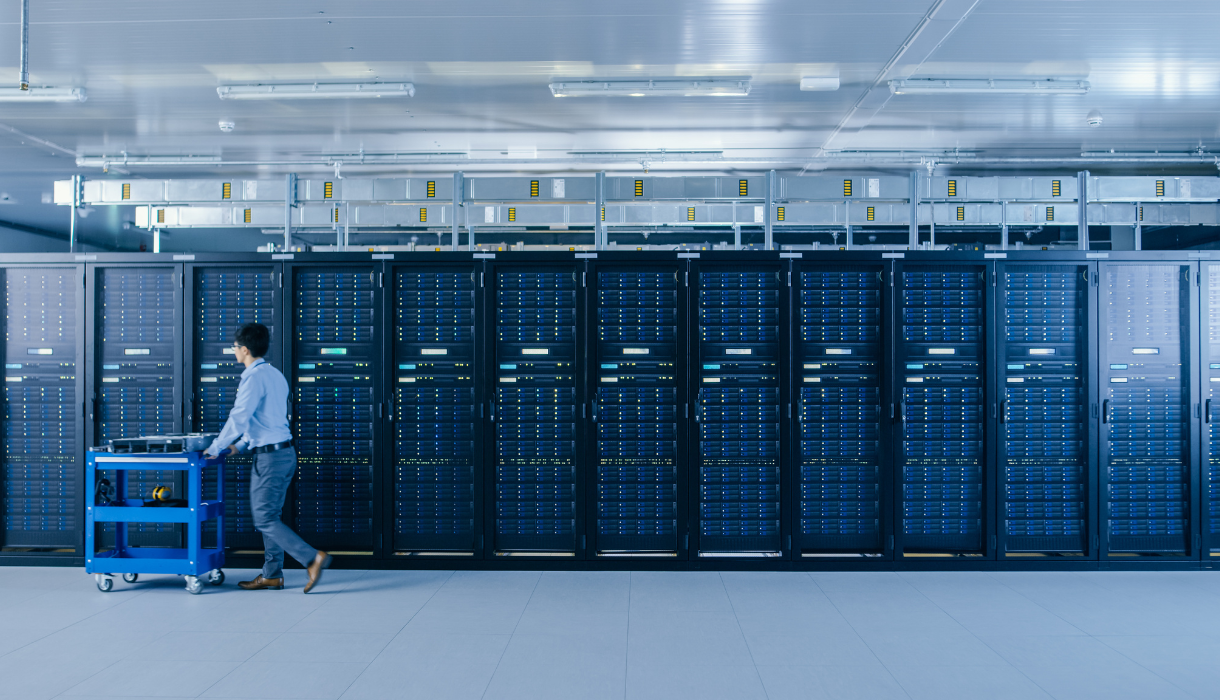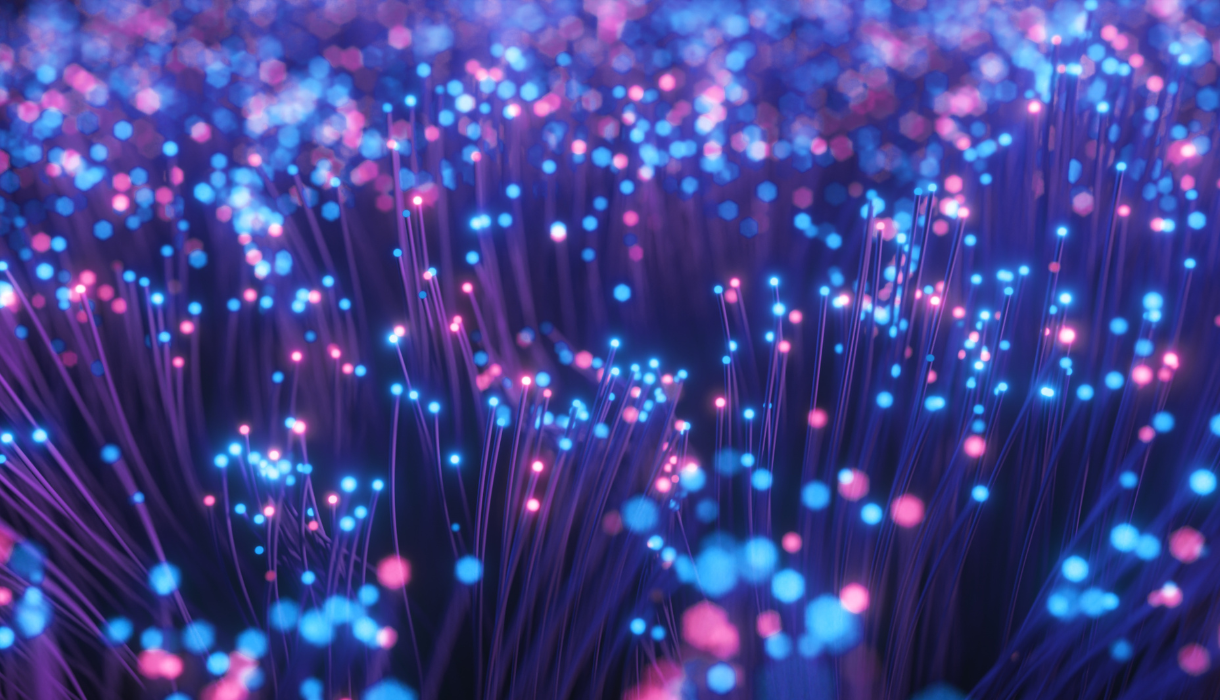Accessing data on the internet has become much easier and faster, all thanks to fiber-optic technology. The glass strands in the cables known as optical strands transmit photos, emails, video calls and potentially everything we see on the internet. Running miles across continents under the ocean floor, optic cables transmit data signals across vast distances at the speed of light.
Optic cables are used for high-performance data transmissions in telecommunication, broadcast, medical, automotive, military and space applications. Each application requires varied specifications; therefore, an application-centric selection is essential. We have put together five parameters worth considering when selecting optical cables.
Transmission speed and distance
While selecting fiber optics cable, it is important to match up the speed of transmission. Single-mode fiber offers 10Gbps to 40Gbps transmission speed over long-distances whereas multi-mode fiber offers 100Mbps to 10Gbps speed for short-distance transmissions. Multi-mode cables are a much cost-effective choice for networks in comparison to single-mode fibers.
Bandwidth
The bandwidth expressed in megahertz per kilometre (MHz/km) refers to the power transmission frequency and amount of data transferred over a set period. For high-end applications extremely high bandwidth may be required. Single-mode fibers apparently offer unlimited bandwidth. Multi-mode fiber cables that limit transfers to 28000MHz*km can be picked in case of limited bandwidth requirements.
Core diameter
The central region of an optical fiber, the core defines the refraction phenomenon which is the mode of transmission. Various core diameters permit efficient coupling of laser diode optical power. Single-mode fiber with diameter of 8 to 10 microns are normally used for long distance requirements and high-bandwidth applications. Multi-mode fiber with a core diameter of 50 or 62.5 microns are usually used within buildings.
Attenuation
Attenuation is a reduction in signal strength during transmission measured in decibels per kilometer (dB/km). In single-mode fibers, the attenuation range is minimum – 0.4 dB/km to 1dB/km. Therefore, loss of signal is not a concern in this mode of transmission. However, multi-mode fiber cable may give higher attenuation beyond 2km distance. Therefore, transmission distance to attenuation comparison is a must during the selection of fiber optic cables.
Environmental conditions
The cable jacket provides the first line of defense against contaminants in the surrounding environment during its service life. Providing a smooth low friction surface for cable placement, the jacket allows the cable to remain flexible and serviceable at varied climatic conditions. Jacket armours increase the strength and robustness of the cable relative to tough surroundings. Non-armoured cable does not offer much resistance to impact or abrasions.
Connector Selection
A fiber-optic network’s efficiency depends upon the type of cables and connectors used, their quality, specifications, and inter-compatibility. Connector is an integral component of the cabling system infrastructure to ensure smooth information flow from cable to cable and cable to device.
To design a fiber optic system, connector selection among LC, FC, ST, SC, MTRJ, MPO, MTP, DIN and MU is a very important decision. When selecting optical connectors, the polishing styles, fiber types, number of fiber connector body, coupling mechanism and colour code need to be taken into consideration.
We hope this article has helped get a fair assessment of what goes into selection of optical cables.
Avalon offers a wide range of fiber optic cables and connectors. Available in single-mode or multi-mode they are designed to meet the strength and flexibility required for today’s interconnected applications. Contact us on [email protected] to know more.

